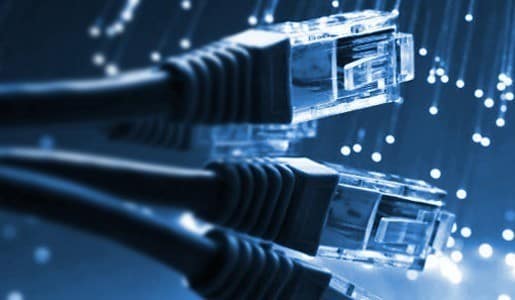Installing data, voice, and video cables is an investment, and getting a good return means making a good choice. Try too hard to save money, and you’ll have to keep fixing it or do it all over again. Cable installation is an important investment.
Good cabling starts with good components. High-quality jacks and cables provide a reliable connection. Cheap ones may fail intermittently or force the network to a lower data rate. Cables designed for 100 Mbps speeds cost less than gigabit cables, but they won’t reliably support the higher speeds.
You shouldn’t just look at your network’s current operations, but should consider any upgrades you may want to make in coming years. It’s cheaper to install cables that will be ready for future needs now than to upgrade them in a couple of years.
The quality of installation is equally important. It needs to be properly wired, so that it won’t fall prey to a broken connection or short circuit. If it runs alongside electrical cables or close to motors, it will be prone to electromagnetic interference and noisy connections. Running cables longer than the maximum specified difference might save a little money, but it makes them unreliable. Violations of building codes create hazards and make maintenance difficult.
Finally, cables need to be tested after they’re installed. The installer needs to identify and fix any mistakes before signing off. You want to be sure that the job was done right.
Our cable installation services will give you a reliable structure for a network that will operate at full speed and give you the capacity to upgrade without rewiring. Contact us for a no-obligation consultation.



